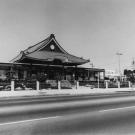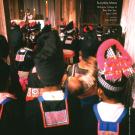Overview of Religion in Vietnam
HSS 6.6, W.6.9, RI.6.7, SL.6.4Students will be able to analyze differences between the major religions in Vietnam, including Buddhism, Catholicism, Protestantism, Caodaism, Hòa Hảo Buddhism, and Chăm Islam, by conducting research and creating a poster.





